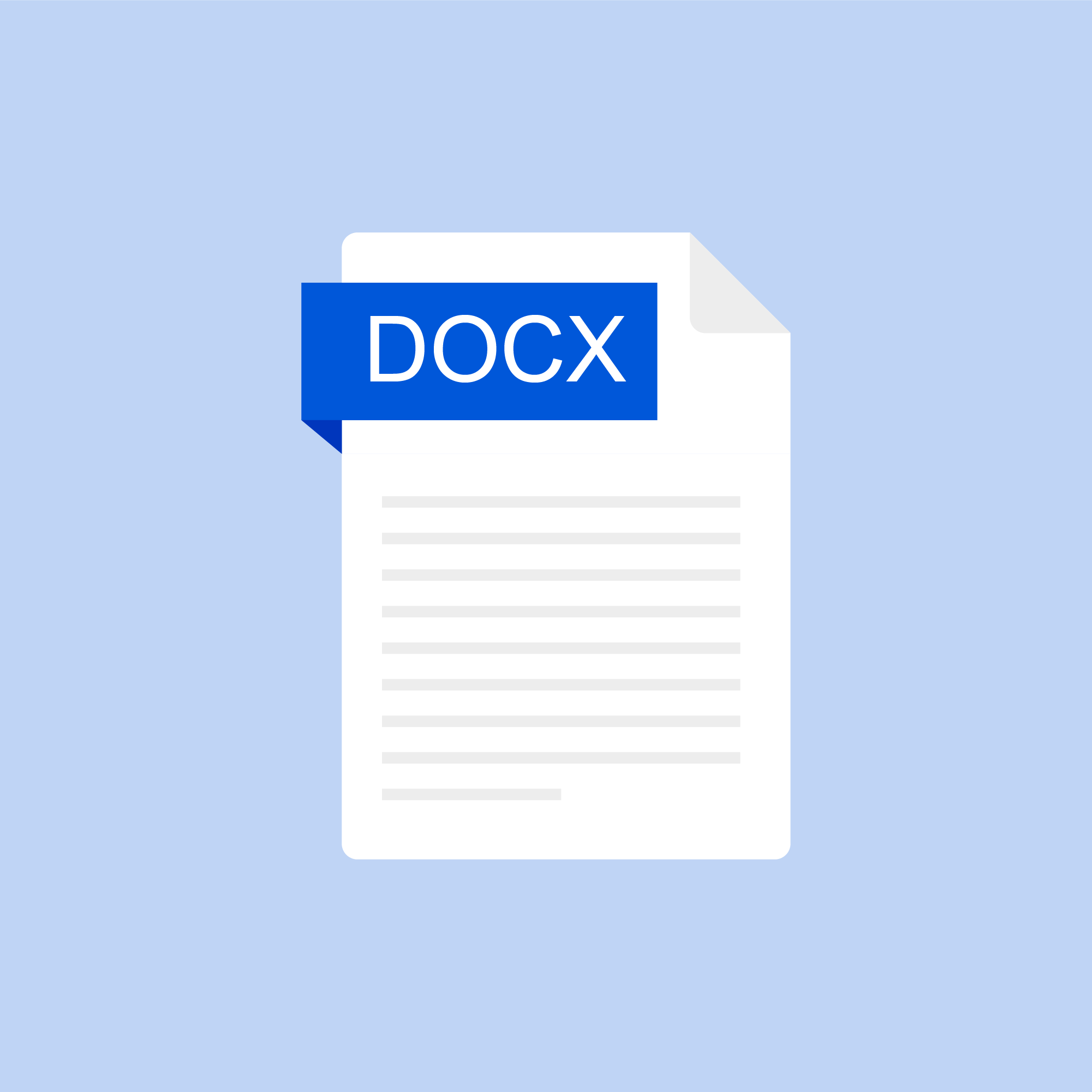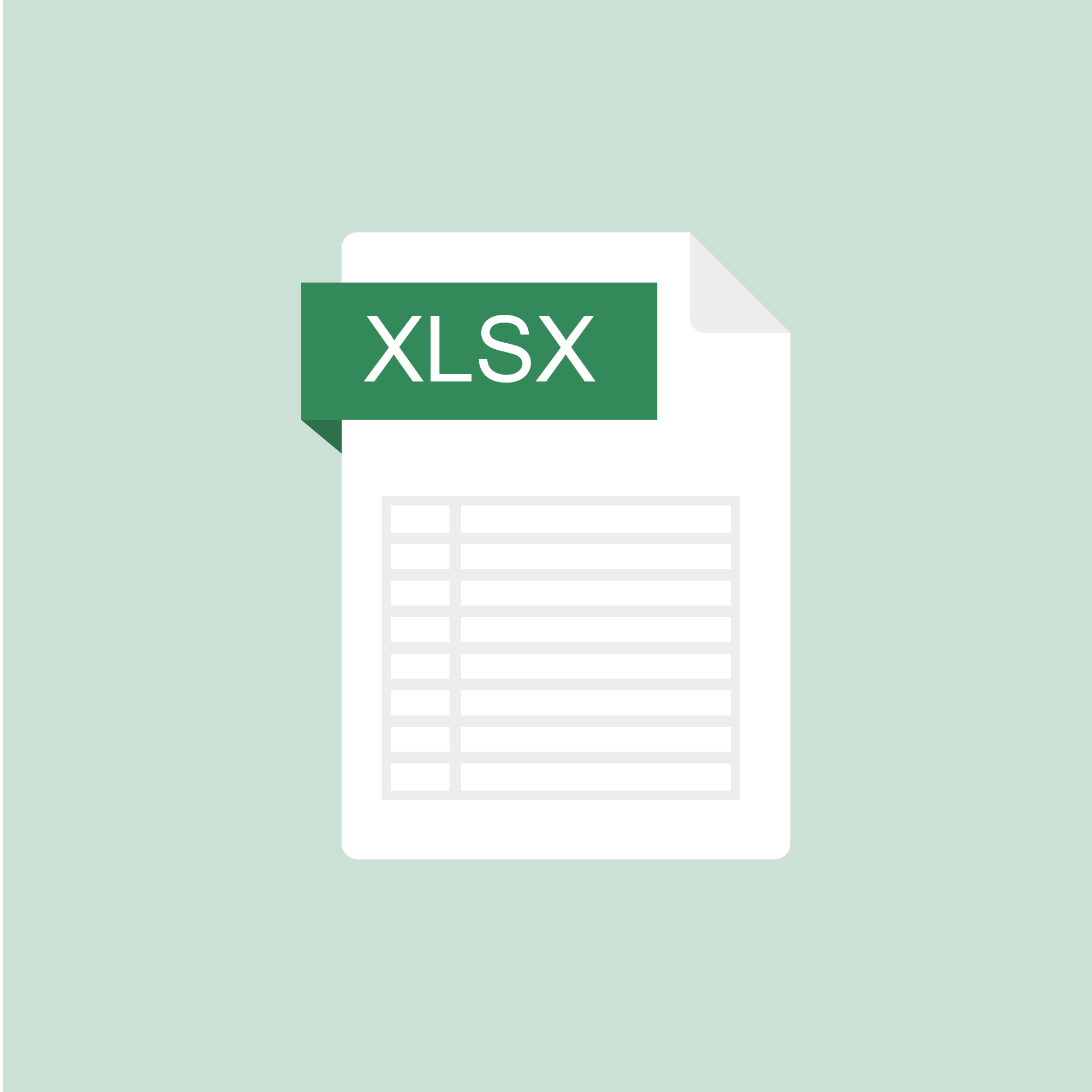Browse
Water, Energy, And The Environment
Organizational Supports for ADHD Students
https://venturit.atlassian.net/browse/IT-3829a for diagnosing ADHD listthree types of ADHD and the accompanying characteristics.
Predominantly inattentive type.The student may:o submit inaccurate or incomplete work,o have difficulty attending to conversations, activities, or tasks,
By:
Anne Miller vijayalaxmi Santosh Mhetre
Tuesday, Jan 28, 2025
WATER, ENERGY, AND THE ENVIRONMENT
+1
No Preview Available
Leave a comment
Cooperative Learning Carefully structured cooperative learning groups in which each student is assigned a role and has clear expectations for desired outcomes are very helpful for students with ADHD. The more structured the cooperative activity, the more likely it is that these students will succeed. Sharing Strategies Think, Pair, Share/Square Share/Group Share: Using this approach, students work with peer partners to discuss the lesson, check each other’s work, and share
By:
Anne Miller vijayalaxmi Santosh Mhetre
Friday, Jan 3, 2025
CULTURE AND SOCIETY
+1

Leave a comment
Allow extra time for completing tasks.
o Provide work breaks.
o Allow student to use a computer to type or to use speech-to-text software.
o Reduce the length of written assignments.
By:
Anne Miller vijayalaxmi Santosh Mhetre
Thursday, Jan 2, 2025
WATER, ENERGY, AND THE ENVIRONMENT
Leave a comment
In order for a student to be & diagnosed with ADHD, symptoms must appear before age 12 and be exhibited across at least two settings. They must also have adverse effects on academic performance, occupational success, or social-emotional development (APA, 2013).
To add to the complexity of the diagnosis, children with ADHD are likely to have co-existing emotional, behavioral, developmental, learning, or physical conditions (Wolraich & DuPaul, 2010).
By:
Anne Miller vijayalaxmi Santosh Mhetre
Wednesday, Dec 18, 2024
WATER, ENERGY, AND THE ENVIRONMENT
Leave a comment
A Retrospective on A Teenager’s Experience Being Diagnosed and Treated for ADHD
students to recognize the conditions that trigger specific behaviors. Once
students to recognize the conditions that trigger specific behaviors. Once thesystem is developed, students can learn to manage their behavioral responsesbefore they occur.
For example, creating a signal and routine for “taking a five minutebreak” at a specified classroom location provides an opportunity for thestudent to recognize when he is becoming restless or frustrated and preventsbehavior from escalating. This system is most effective if used before thebehavior escalates or intensifies.
Choice as Reward: Choice in and of itself appears to be highly reinforcing.Provide choices of activities between assignments or embed choices withinassignments (e.g., choice of materials, readings, response modes, peer partners).Choices also provide students practice in decision making.
thesystem is developed, students can learn to manage their behavioral responsesbefore they occur.
For example, creating a signal and routine for “taking a five minutebreak” at a specified classroom location provides an opportunity for thestudent to recognize when he is becoming restless or frustrated and preventsbehavior from escalating. This system is most effective if used before thebehavior escalates or intensifies.
Choice as Reward: Choice in and of itself appears to be highly reinforcing.Provide choices of activities between assignments or embed choices withinassignments (e.g., choice of materials, readings, response modes, peer partners).Choices also provide students practice in decision making.
By:
Anne Miller vijayalaxmi Santosh Mhetre
Wednesday, Dec 18, 2024
AGRI-FOOD SYSTEMS
+1

Leave a comment
Checking & Chimes: In order to teach students to monitor their attention to
task, set reminders at random intervals on an electronic device, such as a
smartphone or kitchen timer. Time intervals should be set based on the student’s
attention span and the pace of the lesson (typically 3 to 5 minutes). When the
tone sounds, the student charts or marks whether she is engaged in learning. A
simple yes or no checklist works well. Students can monitor their own behaviors
by giving themselves points or checkmarks for appropriate behavior. Extra points
may be awarded when student and teacher ratings match. The student could then
chart her score using a computer program, tablet, smartphone, graph paper, or
poster board.
By:
William
Wednesday, Dec 18, 2024
WATER, ENERGY, AND THE ENVIRONMENT
Leave a comment
School & interventions should include a team approach across multiple settings & consisting of both
preventive and intervention strategies.
Interventions must be based upon assessment data that includes information about the student’s strengths and needs as well as the environmental conditions in which her characteristics of ADHD occur.
Progress monitoring and strategy adjustments are critical to the success of any intervention plan (Wolraich & DuPaul, 2010).
By:
Anne Miller vijayalaxmi Santosh Mhetre
Wednesday, Dec 18, 2024
CULTURE AND SOCIETY
+1
Leave a comment
homework and other seatwork in the proper folders and assignment book.
Clean Out Dates: Periodically ask the student to sort through and clean out his or
her desk, book bag, and other special places where written assignments are stored.
Extra Books: Provide the student with an extra set of books or electronic
versions of books for use at home. This eliminates the student having to
remember to bring books back and forth.
Use of Calendars: Teach the student to use a calendar for scheduling
assignments. Tape a schedule of planned daily activities to the student’s desk to
help with time management and transitions.
Checklist of Homework Supplies: Give the student a checklist that identifies
categories of items needed for homework assignments. The checklist can be
taped to the inside of the student’s locker or desk.
By:
Anne Miller vijayalaxmi Santosh Mhetre
Wednesday, Dec 4, 2024
WATER, ENERGY, AND THE ENVIRONMENT
+2

Leave a comment
The benefits and challenges of the iterative process
The iterative model isn’t right for every team—or every project. Here are the main pros and cons of the iterative process for your team.
Pros:
Increased efficiency. Because the iterative process embraces trial and error, it can often help you achieve your desired result faster than a non-iterative process.
Increased collaboration. Instead of working from predetermined plans and specs (which also takes a lot of time to create), your team is actively working together.
Increased adaptability. As you learn new things during the implementation and testing phases, you can tweak your iteration to best hit your goals—even if that means doing something you didn’t expect to be doing at the start of the iterative process.
More cost effective. If you need to change the scope of the project, you’ll only have invested the minimum time and effort into the process.
Ability to work in parallel. Unlike other, non-iterative methodologies like the waterfall method, iterations aren’t necessarily dependent on the work that comes before them. Team members can work on several elements of the project in parallel, which can shorten your overall timeline.
Reduced project-level risk. In the iterative process, risks are identified and addressed during each iteration. Instead of solving for large risks at the beginning and end of the project, you’re consistently working to resolve low-level risks.
More reliable user feedback. When you have an iteration that users can interact with or see, they’re able to give you incremental feedback about what works or doesn’t work for them.
Cons:
Increased risk of scope creep. Because of the trial-and-error nature of the iterative process, your project could develop in ways you didn’t expect and exceed your original project scope.
Inflexible planning and requirements. The first step of the iterative process is to define your project requirements. Changing these requirements during the iterative process can break the flow of your work, and cause you to create iterations that don’t serve your project’s purpose.
Vague timelines. Because team members will create, test, and revise iterations until they get to a satisfying solution, the iterative timeline isn’t clearly defined. Additionally, testing for different increments can vary in length, which also impacts the overall iterative process timeline.
By:
Anne Miller vijayalaxmi Santosh Mhetre
Wednesday, Nov 27, 2024
HEALTH AND NUTRITION
+2

Leave a comment
Is incremental design the same thing as iterative processes?
Most teams use incremental design and iterative processes interchangeably, and in practice, they often go hand-in-hand. But there is a difference between the two terms.
In an iterative process, your team works to refine and improve your project based on feedback or new information. The key to the iterative process is trial and error: the project gets better over time as a result of these changes.
In incremental design—sometimes called incremental development—you will add new features and build better things on top of your first version or deliverable. To run an incremental design process, teams will purposefully produce a bare-bones version of their ultimate project deliverable in order to get it out the door as quickly as possible (like Facebook’s old mantra—move fast and break things). Then, the team will iterate and improve upon the initial version by creating increments that include more features than the initial version. They will continue to do so until their deliverable has all of the functionality it needs to have.
Most teams that use iterative processes use incremental design and vice versa. Good iterative processes are also incremental so that you can continuously improve on your original deliverable. Good incremental design is also iterative because you need to be able to respond to customer feedback and pivot if necessary.
By:
Anne Miller vijayalaxmi Santosh Mhetre
Wednesday, Nov 27, 2024
CULTURE AND SOCIETY
+2



Leave a comment